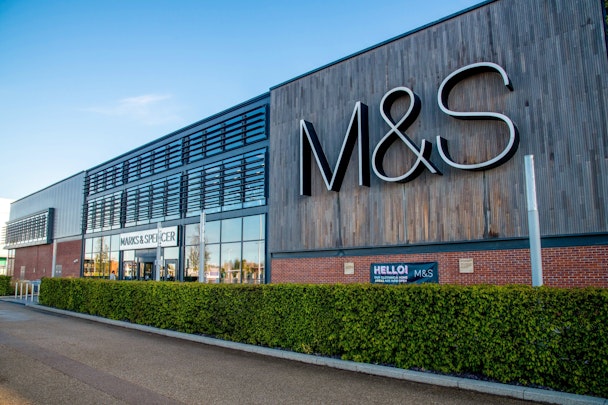M&S is unfairly on the back foot in Lacoste legal battle
As M&S prepares to head to court (again), David Craft, senior strategist at Forever Beta, considers why this legal battle with Lacoste is different to Aldi.

M&S is being sued by Lacoste
The news that M&S is being sued by Lacoste came with a predictable reaction – cries of karmic justice and Linkedin lol emojis posted with a touch of schadenfreude. M&S’s own legal dalliances with Aldi have clearly put them on the back foot in the court of public opinion. But, timing aside, Lacoste suing M&S is nothing like M&S suing Aldi. Here’s why:
Reason #1: Uncle Dan from Dudley was never going to buy Lacoste
Does Lacoste really want us to believe their target audience will have their head turned by M&S’s new range? (Said range includes children’s bucket hats – adorned with Quentin Blake crocodiles – and duvet sets on sale for £7.50.)
Admittedly, I’m making a lot of assumptions. I’ve not worked with either brand, and as someone once voted ‘Most likely to mispronounce Balenciaga,’ my colleagues can attest to my lack of fashion nous. Even so, I don’t envisage much overlap.
M&S doesn’t have the same heritage* or cultural appeal** as Lacoste. Putting semi-aquatic reptiles on a range of products isn’t going to make young(ish), aspirational, fashion-conscious consumers suddenly see social currency in a brand currently worn by Uncle Dan in Dudley.
*It has its own rich and wonderful heritage, just not the same heritage as Lacoste.
**See above.
Reason #2: Aldi is eating everyone’s lunch
Aldi is the grocery sector bogeyman. From an outsider’s perspective, they are ruthlessly pursuing market growth and, even though it’s still a long way off, dominance. They’re currently sitting at just under 8% market share, which is well above M&S at 3.2%; they’ve launched their first checkout-free store and they’re making waves by spending £1.6bn with UK suppliers during the pandemic. M&S isn’t firing any real shots over Lacoste’s bows. In fact, while Aldi’s growth has been well documented, M&S’s catastrophic losses in clothing and home have also made headlines.
Reason #3: We’ve all confused Cuthbert for Colin
When it comes to product similarity, even the more apathetic among us would have to agree – the resemblance between the two cake-based caterpillars was uncanny. That matters. Why? Because products are as much a part of a brand’s world as the advertising we create. M&S chose to make Percy, their iconic gummy sweet, the hero of their Christmas campaign. Other brands may sell their own gummy sweets, but nobody sells Percy. He was an M&S fluent device packed with good nostalgic vibes long before Dawn French the fairy brought him to life – and you could easily say the same for Colin.
Reason #4: No motive, no crime
Unbranded products that look strikingly familiar to branded products are a not-so-subtle tactic to make customers comfortable with compromise. Any hesitation over sacrificing quality, value or social statement due to switching one brand for another can be allayed through visual similarities, ultimately driving purchase.
I’m not privy to M&S product development conversations, but I’m willing to go out on a limb and say they didn’t design their kid’s duvet range with the specific aim of making consumers happy to compromise and get the cheaper set instead of buying Lacoste.
Of course, there are plenty of legal reasons for brands to sue other brands and most of those decisions are made by legal boffins, not marketers. Plus, we should all appreciate the value of protecting one’s IP. So while it might appear that Aldi won in the court of Twitter, and M&S is getting a taste of its own medicine, we all know it’s a bit more nuanced than that.
